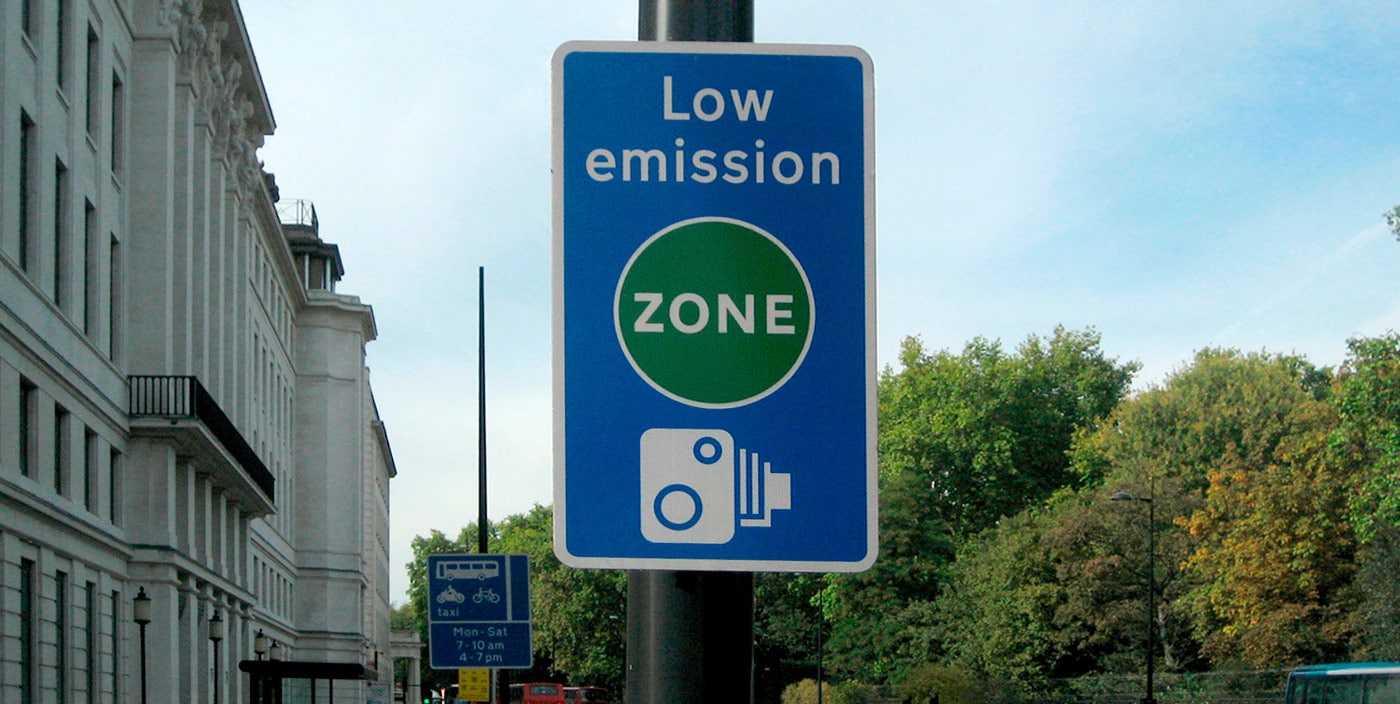
Our cities today
Since 1950 the worldwide urban population has been growing exponentially, arriving to a stunning 4,200 Million in 2018, and this tendency continues today, representing the 55% of the total world population which is expected to arrive to a 68% in 2050. This amount of people within a city poses many challenges as housing, energy supply, higher climate and disaster risks, epidemic risks, exposure to higher levels of pollution, mobility and many others. All these are matters that are already happening and have to be addressed by the local councils to accomplish more livable cities which should be inclusive, healthy, resilient and sustainable, or otherwise there will become totally unbearable places where to live.
The EU has provided at least two funding programs that will help for the improvement of all city challenges mentioned: The Next Generation EU (NGEU) fund which is a recovery package to support member states adversely impacted by the COVID-19 pandemic, agreed to by the European Council on 21 July 2020, and worth €750 billion. The NGEU fund will operate from 2021–2023 and will be tied to the regular 2021–2027 budget of the EU’s Multiannual Financial Framework (MFF) which is the second funding program and meant for a longer term. Both the comprehensive NGEU and MFF packages are projected to reach €1824.3 billion.
The consciousness about climate change, pollution and the consequences to our planet and to the future of human and planet health, knowing for a fact that the focus of the problem are the cities, has pushed the EU, and very few other cities worldwide, towards taking serious actions, one of them taking the form of the growing implantation of Low Emission Zones in cities, which have been already been implanted in 250 cities un the EU in 2020, but are still to grow.
In Spain the Ley de Cambio Climático y Transición Energética published on the 21st of May 2021, establishes that all Spanish municipalities with a greater population of 20.000, which exceed the limits of pollution established must implement sustainable urban mobility plans for the introduction of measures to mitigate and reduce the emissions, including, among others, the establishment of LEZ. These measures will be funded with the EU NGEU.
What are Low emission Zones?
Low Emission Zones (LEZs) are restricted urban areas where only the least polluting vehicles are allowed to enter in order to reduce emissions within this area of the three main air pollutants of concern in Europe, which are fine particles (PM10, PM2.5), nitrogen dioxide and (indirectly) ozone. The criteria for entering these areas is determined by the public authority, based on the vehicles’ age and technical specifications.
The restrictions and levels of permeability of the LEZ depend on the rules implanted for each city, where there could be certain vehicles totally banned and other cases where the restrictions are more flexible depending on combinations of several parameters as the vehicle type, type of activity to perform inside the LEZ (commercial, residents, etc.), time frames throughout the day or amount of fee paid to enter the area.

Technically speaking the LEZ are mainly composed by a closed perimeter controlled by automatic number plate recognition (ANPR) cameras, context cameras and informative panels for the drivers and may also include air quality monitors distributed throughout the area. The LEZ is normally managed through a platform (mobile APP and/or web) which provides users information about how the LEZ works, provides permits for entering the LEZ, provides register forms for residents, facilitates payment of permits or entry fees between other functionalities. From an operator perspective, the LEZ platform provides mobility and statistical data about the real-time status inside the LEZ, coordinating and interchanging data with other local and mobility platforms and also managing the evidence data for fines for vehicle infringement vehicles that have entered the zone without permit or payment.
Effectiveness of Low Emission Zones and collateral consequences
Although Low Emission Zones are often considered to be the most effective measure that towns and cities can take to improve air pollution, this is not usually a measure that can be implemented alone and requires other extra ones that will help to enforce the pollution levels within the LEZ. Moreover, it is mandatory for extra mobility infrastructure measures to be taken which should be effective and efficient for citizens to move within these zones without using their own vehicles which normally have access restrictions.
As examples of the first set of measures we have the setting out of more eco-friendly areas in detriment of roads for vehicles, implementing more extensive pavement areas, or bicycle and scooters lanes, especially at the city centre.
About the second set of measures, it is important to notice that the implementation of LEZ which imply restrictions of any kind must also provide the citizens with an extensive, optimized and efficient public transport including different kind of options as buses, trams, trains, tube as well as to ease the entry of private transportation options as shared electric vehicles, bicycles or scooters including also a wide offer of parking areas where to park the restricted vehicles, well connected to these alternative transportation options.
Finally, it is important to take into consideration that the usefulness of the LEZ as it is conceived today is a transitory measure that will need to evolve from a pollution type of restriction to a traffic and congestion perspective, taking into consideration the increasing introduction of electrical vehicles, which will increasingly include connected and autonomous functionalities in the near future. These electrical vehicles will have no type of restrictions from a pollution perspective but will require the implementation of entry restrictions into the LEZ in order to avoid high traffic volumes and therefore mobility problems as congestion or parking occupancy for example.
Our cities tomorrow
As mentioned before, it is a fact that the cities are and will be the living environment for most of the world’s population and they need to be transformed radically so they can be livable places. The pandemic that has hit us for two years, and thanks to the possibilities that the technology offers we have learnt about the possibilities applied to many jobs of working not only out of the office, but anywhere we want, diminishing traffic congestion, pollution, stress, time wasting, etc. being much more compatible with our personal life. Nature, small towns, or even nomads living in different places every several months, there is a new way of working and living which we should take more advantage from, for our own sake and for the sake of our planet.
For those who will remain at the cities, they have to be rethought, restructured to be more flexible, collecting and analyzing all city data (mobility, weather, pollution, traffic, noise, etc.) adjusting the whole city to its needs in real time, with a more coordinated approach between all existing systems, using historical or predictive data preventing congestion, pollution and incrementing mobility.
Our cities require a full transformation that can cope with the needs of the new reality of the people that live and work in them. LEZ is just one of the measures that have been taken forward towards this transformation, but there is much more that can be done and should be done. The cities are our home, let’s take advantage of the latest technologies, make them more sustainable, less stressful, let us move more freely more efficiently. Let’s create more livable cities for us and for our planet, envision your new home.





There are no comments yet